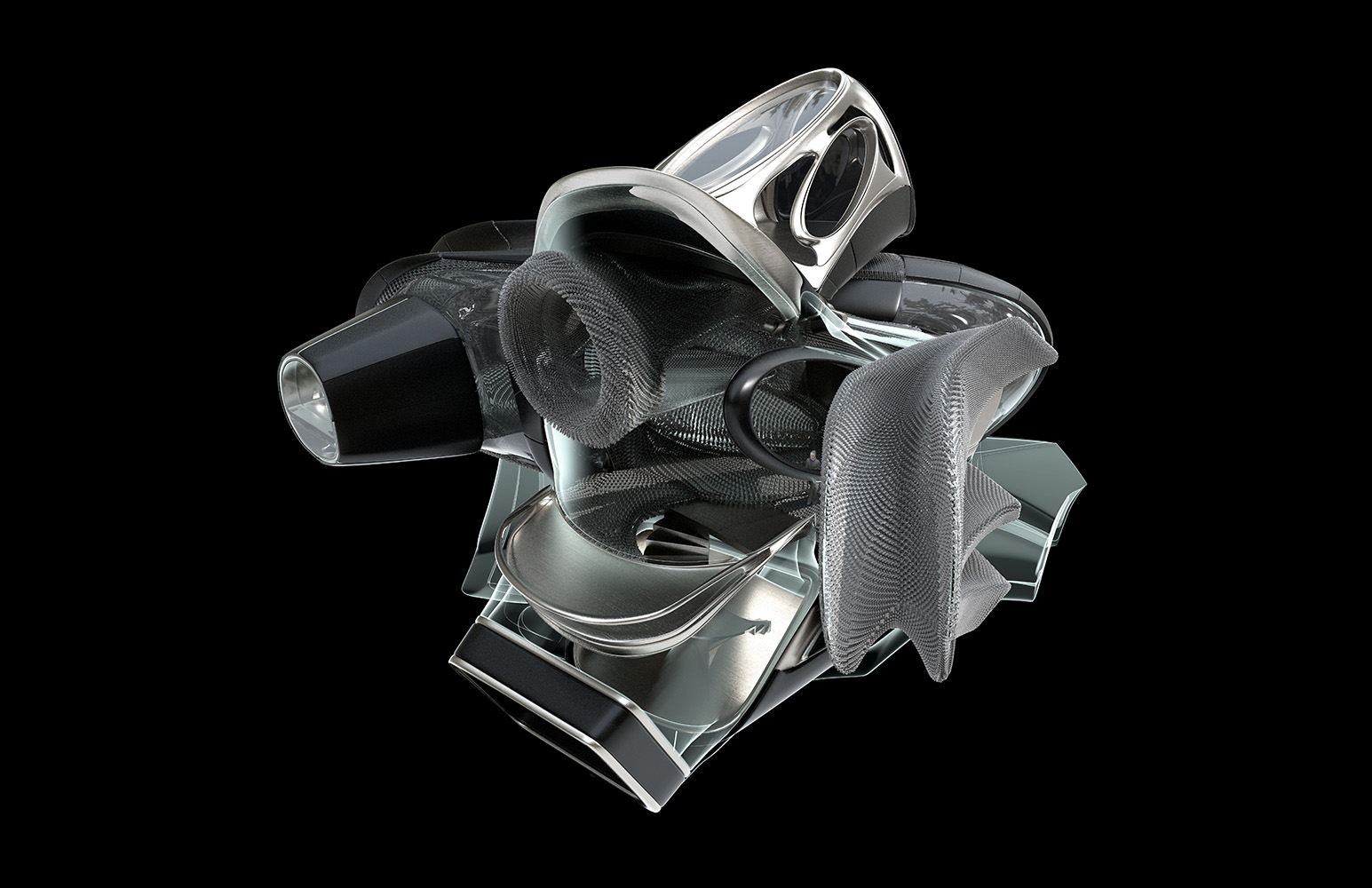The Nature of Strange Architectural Objects Within an Entangled Ecology
Abstract
As architectural objects start to gain more autonomy in the architectural design process, the focus starts expanding to include computing objects’ correlation. The thesis will investigate the intrinsic qualities architectural object through four different instinctive categories which are autonomy, fabrication, intelligence, and ecology. The first aspect being autonomy, it will be explored through the lens of object-oriented ontology or speculative realism highlighting the importance of peculiar aesthetics in creating space. In addition, introducing fabrication as an essential element to initiate and enhance a direct dialogue and a feedback loop between the digital modeling techniques and manufacturing. In this case, one aspect will inform the other generating an architectural model they rely heavily in computation on one hand and prefabrication on the other. Furthermore, the thesis will examine architectural objects coordination both in the digital and the physical sense thought objects entanglement. In this case, architectural objects relationships will no longer be looked at in a traditional sense but rather through a constant dialogue between the physical asset and the digital asset. Object entanglement is a computationally driven concept that is influenced by the concept of quantum mechanics. It is meant to enhance connectivity among various architectural objects both in the physical world and the digital world. Lastly, after applying the previous three conditions, we start to see first signs of architectural objects intelligence from a geometric standpoint technological standpoint. This intelligence will lead creating advanced architectural assemblies where all architectural objects participating in the assembly will constantly be in a nonlocal interconnected mesh.
Presentation
Conference Poster
Keywords
Autonomy, Fabrication, Intelligence, Ecology, Aesthetics
Reference
DOI: https://doi.org/10.47330/DCIO.2021.DMPO9826
Bibliography
- Aish, R., Bredella, N., 2017. The evolution of architectural computing: from Building Modelling to Design Computation. Archit. Res. Q. 21, 65–73. https://doi.org/10.1017/S1359135517000185
- Aish, R., 1990. A user-extensible object-oriented CAD system. https://www.researchgate.net/publication/320347465_A_user-extensible_object-oriented_CAD_system?enrichId=rgreq-e0ee7edaf504d94d367f638e654e98e9-XXX&enrichSource=Y292ZXJQYWdlOzMyMDM0NzQ2NTtBUzo1NDg1OTgxMTk5NzY5NjBAMTUwNzgwNzM5Mjk0OQ%3D%3D&el=1_x_2&_esc=publicationCoverPdf
- Chase, S.C., 1989. Shapes and shape grammars: from mathematical model to computer implementation. Environ. Plan. B Plan. Des. 16, 215–242
- Gage M. 2008, ‘ETIOLOGIES OF BEAUTY: Architecture and The New Physics of Appearances’, Monster, no. 40, pp. 90-95.
- George, S., 1972. Shape Grammars and the Generative Specification of Painting and Sculpture 125 [WWW Document]. URL http://www.shapegrammar.org/ifip/ifip1.html (accessed 11.30.17).
- Gijsbers, V., 2003. Philosophy of Quantum Mechanics for Everyone.
- Harman, Graham. Immaterialism. 1st ed. Cambridge CB2,1UR,UK: The Polity Press, 2016. Print.
- Harman, Graham. The QUADRUPLE OBJECT. 1st ed. Winchester, UK: Zero Books, 2011. Print.
- Knight, T., Stiny, G., 2015. Making grammars: From computing with shapes to computing with things. Des. Stud. 41, 8–28. https://doi.org/10.1016/j.destud.2015.08.006
- Morton, Timothy. Hyperobjects Philosophy and Ecology After the End of the World. 1st ed. Minneapolis, Minnesota: The University of *Minnesota Press, 2013. Print.
- Morton, Timothy. THE ECOLOGICAL THOUGHT. 1st ed. Cambridge, Massachusetts and London England: Harvard University Press, 2012. Print.
- Orsborn, S., Cagan, J., Boatwright, P., 2008. A methodology for creating a statistically derived shape grammar composed of non-obvious shape chunks. Res. Eng. Des. 18, 181–196. https://doi.org/10.1007/s00163-007-0035-9
- Redhead, M., 1989. Incompleteness, Nonlocality, and Realism: A Prolegomenon to the Philosophy of Quantum Mechanics, New Ed edition. ed. Oxford University Press, USA, Oxford.
- Shea, K., Aish, R., Gourtovaia, M., 2005. Towards integrated performance-driven generative design tools. Autom. Constr. 14, 253–264. https://doi.org/10.1016/j.autcon.2004.07.002
- Wiscombe, T. 2014, ‘Discreetness, or Towards a Flat Ontology of Architecture’, Project, no. 3, pp. 34-43.

